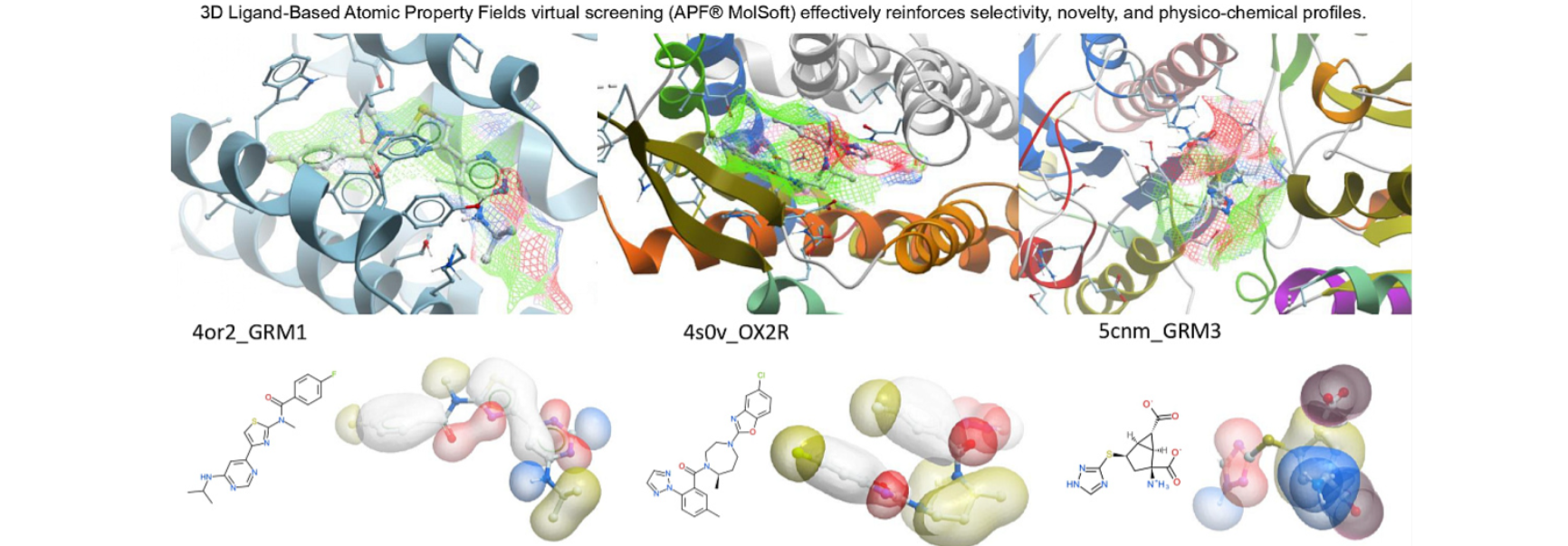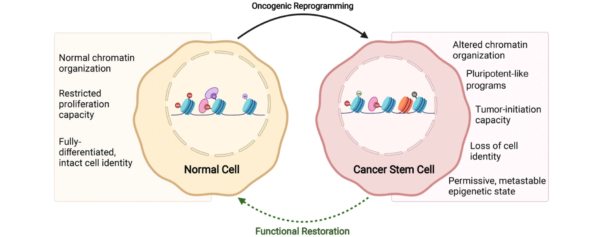The central nervous system (CNS) plays a crucial role in regulating vital functions and orchestrating complex cognitive processes. Understanding the underlying mechanisms and molecular targets within the CNS is essential for developing therapeutic interventions to address neurological disorders. The emergence of libraries of compounds specifically designed to target CNS receptors and signaling pathways has revolutionized drug discovery in this field. In this article, we will explore CNS targets and the library of compounds that act upon them, shedding light on the promising prospects for developing novel therapeutics.
CNS Targets: A Multifaceted Landscape
The CNS is composed of a diverse array of molecular targets that participate in intricate signaling networks. Some key CNS targets include neurotransmitter receptors, enzymes, ion channels, and transporters. These targets mediate synaptic communication, modulate neural activity, and regulate the delicate balance of neurotransmitters in the brain. Dysregulation or dysfunction of these targets has been implicated in various neurological disorders, such as Alzheimer’s disease, Parkinson’s disease, depression, and epilepsy.
Library of Compounds: Probing the CNS Complexity
The library of compounds specifically designed to interact with CNS targets offers an extensive repertoire of tools to investigate and modulate CNS function. These compounds can act as agonists, antagonists, or allosteric modulators, altering the activity of specific targets and influencing downstream signaling cascades. Moreover, CNS-focused compound libraries often encompass a broad spectrum of chemical diversity, facilitating the screening and identification of lead compounds with optimal pharmacological properties.
Applications of CNS Targeted Compounds:
CNS-targeted compounds have shown tremendous potential for therapeutic applications in neurological and psychiatric disorders. By selectively modulating specific receptor subtypes or signaling pathways, these compounds can restore aberrant neural activity, enhance neuroplasticity, and alleviate symptoms. For instance, compounds targeting the GABAergic system have demonstrated effectiveness in treating epilepsy and anxiety disorders, while dopamine receptor modulators have been successful in managing symptoms of Parkinson’s disease. Furthermore, compounds targeting glutamate receptors have emerged as promising candidates for neuroprotective therapies against excitotoxicity.
Challenges and Future Directions:
Developing CNS-targeted compounds comes with its own set of challenges. The blood-brain barrier (BBB) poses a significant obstacle, limiting the delivery of compounds to the CNS. Overcoming BBB penetration and achieving optimal distribution within the brain remains a major focus of research. Additionally, ensuring selectivity and minimizing off-target effects is critical for developing safe and effective therapeutics.
The future of CNS Targeted Compounds is bright, driven by ongoing advancements in the field. Target specificity, improved pharmacokinetic properties, and advanced delivery methods are being actively explored, paving the way for next-generation CNS interventions. In addition, the integration of innovative techniques, such as virtual screening and machine learning algorithms, promises to accelerate the discovery and optimization of compounds acting on CNS targets.
Conclusion:
The library of compounds targeting CNS receptors and signaling pathways represents a valuable resource for understanding the intricacies of neural function and developing novel therapeutics for neurological disorders. By selectively interacting with specific targets, these compounds have the potential to restore neuronal balance, modulate neurotransmitter systems, and drive neuroprotection. Advancements in CNS drug discovery and delivery technologies will continue to propel the development of targeted compounds, offering new hope for improved treatments in the field of neuroscience and ultimately improving the lives of individuals affected by neurological disorders.


